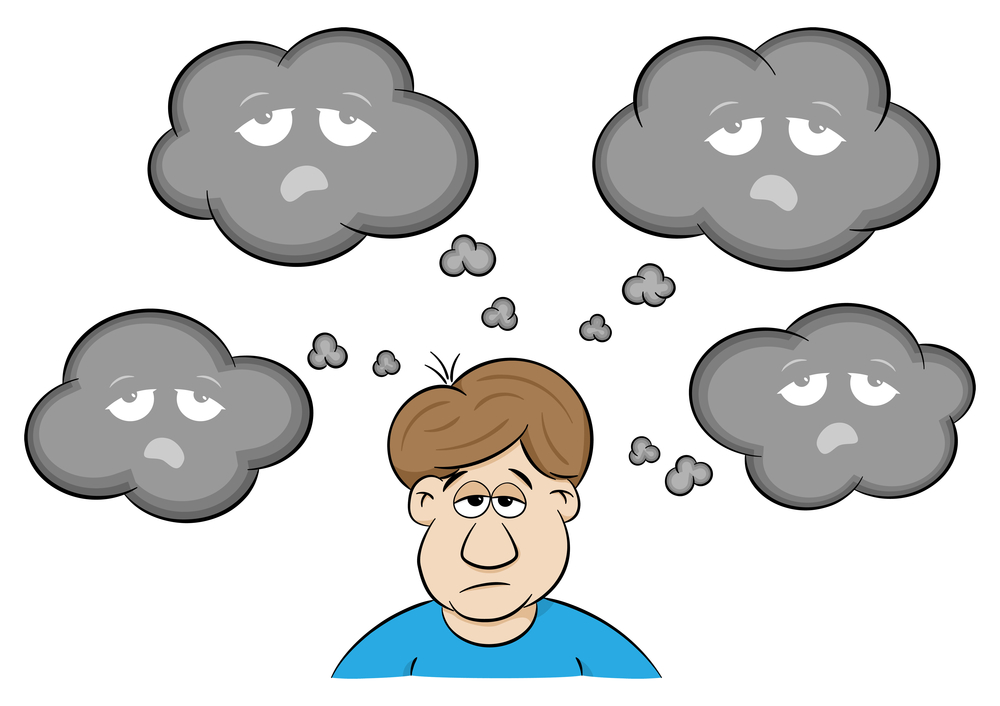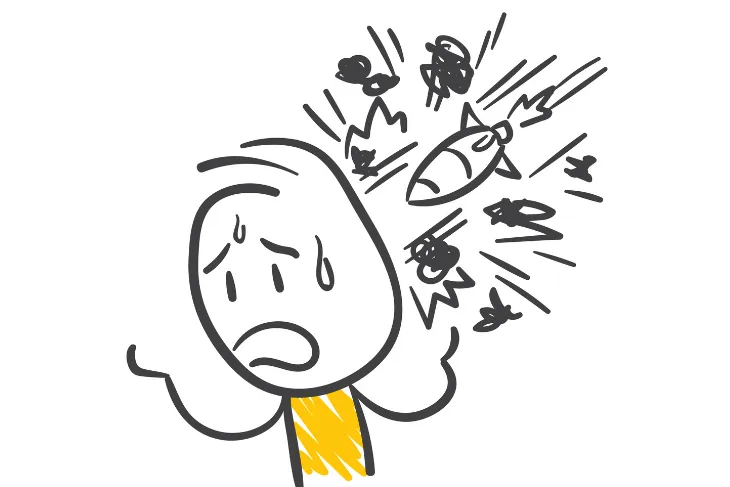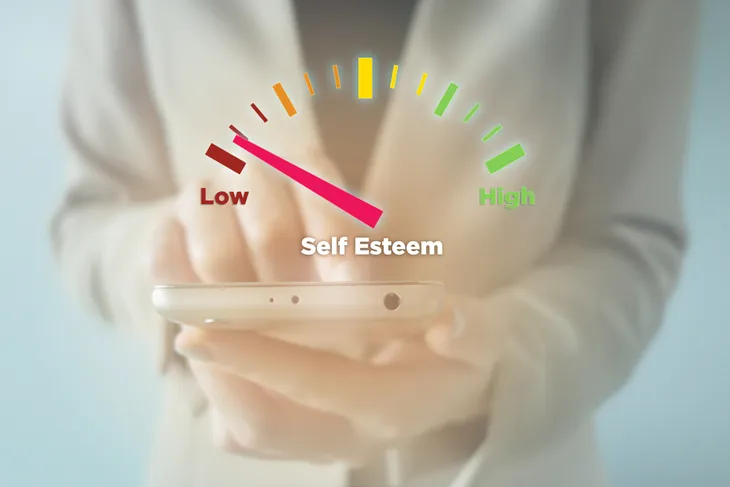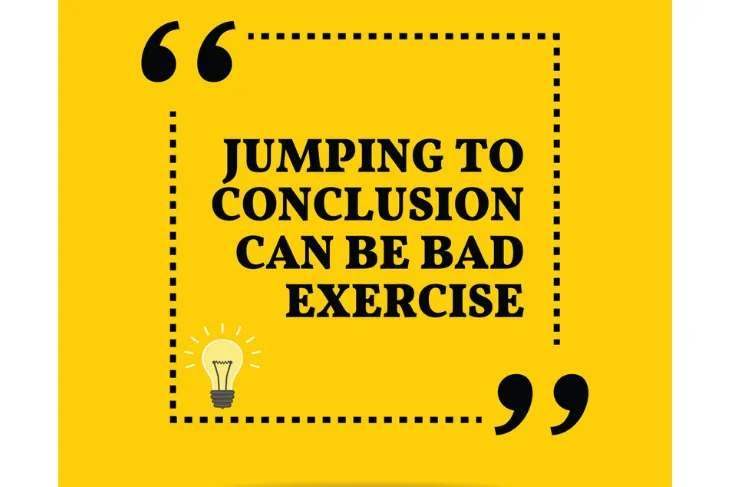Some people seem to have all the bad luck. Nothing ever seems to go right for them. We all know people like this. Neighbors, friends, relatives or perhaps you yourself fall into this category. More often than not these people have at least one thing in common…negative thought patterns. This is because thoughts are precursors to actions and actions are instrumental to achieving outcomes. Whether the outcome is intended or not, thoughts and their resultant actions or inactions play a major role in how one’s life shapes up.
If you have a positive outlook then life’s challenges are seen as opportunities not obstacles. If a person’s thinking patterns are negative they become short sighted or paralyzed in their problem-solving approach. This in turn produces unfavorable outcomes which reinforce negative thinking, creating a downward spiral. The first step is to recognize when you’ve fallen into a negative thinking trap. Let’s take a closer look at some common negative thinking patterns…
Catastrophizing
There are two parts to this common cognitive distortion. In the first part an individual predicts a negative outcome to a particular event. In the second part they imagine that if the negative outcome were to occur, the results would be catastrophic. People who are prone to this type of thinking employ three types of mechanisms when catastrophizing an event.
They ruminate incessantly and have difficulty focusing on things other than the perceived event. They magnify the problem until it becomes overwhelming which in turn leads to the third mechanism of helplessness. An example of catastrophizing would be a person who loses their job then imagines losing everything and becoming homeless.
Denial
Denial is a cognitive defense mechanism that can be useful in the short term to protect us from painful emotions or situations. However it can also impede our decision making and that inaction can have negative consequences in and of itself. Denial involves a refusal to acknowledge the facts of a situation or event in order not to have to deal with it.
Denial is a common stage seen in grieving. It protects you from deep emotional pain in the short term. Protracted denial can result in severe and negative long term outcomes. Some people use positive thinking as a mask to deny reality which can prove devastating in the long run.
Ignoring or Minimizing
Unlike denial, ignoring or minimizing is a negative thinking pattern in which people are aware of the reality of a situation but choose to ignore or downplay the seriousness of it. They hope that by doing so the problem will simply go away or disappear. They pretend not to notice so they don’t have to take action to deal with it.
This can be a defensive strategy to help deal with a problem that seems overwhelming. Conversely, minimizing can also be used to shun the positive aspects of a situation. This keeps a person mired in their own negative thoughts and keeps them stuck. Minimizing the positive can serve as an excuse for inaction in the same way that minimizing the negative can.
Giving Up
This is a negative thinking pattern in which a person thinks what’s the use? They concede to outside pressures to make agreements or do things they know are not in their best interests. They no longer wish to expend the energy required to come to a reasonable or positive solution.
By giving up they give up their power of influencing the outcome of a situation. This type of thinking results in diminished self-esteem, feelings of powerlessness, helplessness and worthless. People affected by addictions often fall prey to this type of negative thinking.
Should Thinking
Should thinking involves making “should” statements to ourselves such as, “I should exercise more” or “I should be braver.” Should statements are problematic because when we don’t end up doing these things, we usually wind up feeling guilty and discouraged and berating ourselves.
Should statements can also demotivate us because nobody lies being told what they “should” (or shouldn’t) do. Even if we’re the ones telling ourselves we should do something, the fact that we know we “should” do it can make us want to resist.
Following the Crowd
In this type of negative thinking you may be persuaded to go against your better judgement, not rock the boat, go with the flow or cave in to peer pressure. This type of negative thinking undermines your own decision making ability and shifts responsibility for the outcome to others.
It disempowers you while at the same time giving you an excuse not to take responsibility for the outcome. For example, people who follow Ponzi investment schemes because their friends did may find themselves in the poor house in their golden years instead of basking in the sunshine at their Florida vacation home.
Letting Emotions Rule
Making a decision based on emotions is a recipe for disaster. When you’re under severe emotional stress blood flow is diverted from your brain and vital organs and is redirected to your major muscle groups. This primitive stress response is to assist you to fight or flee from a perceived danger. The problem is that with less blood to your brain and your primitive response center in hyper drive, the rational side of your brain is relegated to a back seat.
Acting out of anger, fear, or passion can have negative consequences. If you quit your job out of anger or fail to make a commitment to your long-time girlfriend, you may end up regretting these decisions for years to come. Never make decisions based on emotions. Wait until you are calmer and the rational part of your brain is back in the driver’s seat.
All or Nothing Thinking
In all or nothing thinking, we see things in black or white terms. Something is completely right or completely wrong; completely good or completely bad. If something’s not perfect, it’s a failure. There are no shades of grey in between.
All or nothing thinking stifles creativity and does not allow you to view and consider multiple options to a problem. It offers only two solutions with polar opposite outcomes. This thinking style is strongly associated with depression. All or nothing thinking is emotionally and physically damaging.
Negative Self Talk
A balanced amount of self-awareness can be a good thing and help us to enrich our lives. A reality check can help us take steps to improve our relationships, health or job prospects but when our inner critic refuses to shut down the quality of our lives can take a turn for the worse. Excessive negative self-talk backfires because it amplifies and focuses on our failures instead of looking for ways to improve.
For example you may tell yourself you’re fat, ugly, stupid or that nobody loves you which in turn leads you to behave as though those things are true. Your behavior then turns others off and you use their reaction to justify your original negative thoughts. According to Amy Johnson, PhD, one way to counter this is to “make the choice to be kind to yourself by questioning your initial thoughts, which is key to slowing down that voice.”
Mind Reading
In this pattern of negative thinking you assume that you know what everyone is thinking and it’s normally negative in regards to yourself. This may involve concluding that another person is reacting negatively to you without concrete evidence or validating this with them.
For example you may assume your friend no longer likes you because they haven’t called today, but what you don’t know is that they misplaced their cell phone. Never make assumptions. Always check out your perceptions first before jumping to conclusions.
Pessimism
Pessimism is a state of mind in which one anticipates undesirable outcomes to situations or believes that hardship and suffering in life outweigh pleasure and joy. In effect, they see the world through a negative filter. Having a pessimistic outlook can damage all areas of your life.
It can negatively influence your work, relationships, motivation, and enjoyment of life. It can keep you trapped in bad habits and prevent you from reaching out and expanding your horizons.
Jumping to Conclusions
This pattern of negative thinking involves instantly assuming the worst case scenario without weighing all the facts. This type of thinking is also related to the fight or flight response during stress. It is a cognitive distortion common to people with anxiety and panic disorder. There are two ways in which people tend to jump to conclusions. In the first, they practice mind reading as discussed earlier, where they assume others see them in a negative light. The second way in which people jump to conclusions is when they engage in “fortune-telling” by predicting negative future outcomes.
Recognizing and identifying your own negative thinking patterns is the first step in transforming obstacles into opportunities and creating a happier life. Once you have identified them you can take steps to challenge your negative beliefs and reframe your thinking. Remember this will take time and repetition to break your negative thinking habits and replace them with more positive and healthy patterns.















